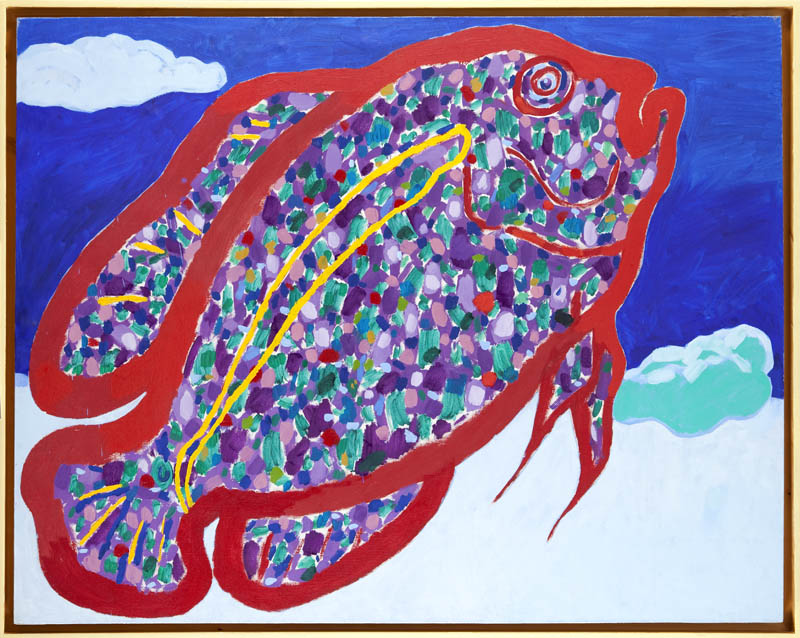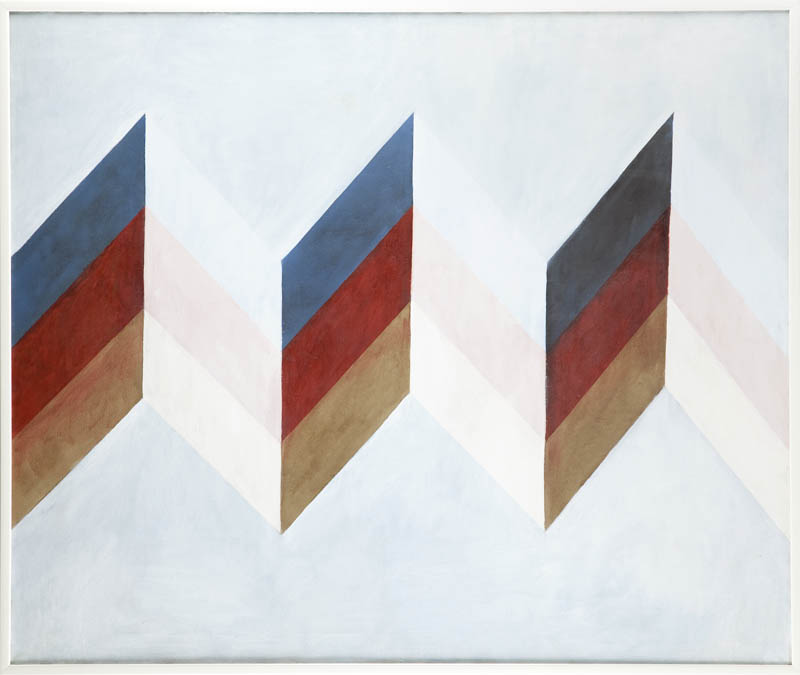The training policy at the Group is pursued on the basis of the internal regulations prepared and implemented by the individual companies on their own, which guarantees the adaptation of the approach to employee education and development to their own specific needs.
The main assumption made in the training policies is the support of:
- the achievement of the strategic objectives of the Group’s entities and the business goals;
- the introduction of new employees into work;
- the assurance of professional qualifications for the employees and the adjustment of their knowledge and skills to the changing requirements of the market on which the given entity operates;
- the preparation of the employees for the implementation of new solutions and products offered by the Group entity or for introducing changes into the existing solutions and products offered.
All employees, regardless of their age or sex, may take advantage of training activities throughout the Group. Individual entities may apply the criterion of the position held when referring employees to specific training, such as participation in education at degree level (different levels of education at the individual companies) or foreign language courses. The employers finance training activities in whole or in part.
When referring employees to training, the majority of entities in the Group take into account internal appraisal systems, e.g. regular interviews, individual development plans, testing of training needs, ISO based assessment system and feedback. In companies in which the competence model was adopted (this applies to the Bank and two other companies), the improvement of the employee’s professional qualifications and skills is related to it.
The Bank enables the employees to use various forms of improving their professional qualifications. Projects are conducted to develop both hard and soft skills. A team of several dozen internal trainers conducts group training, on-the-job training and internal workshops. Group training is held by external companies in selected projects. The Bank’s employees also actively use the internal e-learning platform, including on training regarding product knowledge, as well as knowledge of processes and use of IT applications. Academies and Programmes dedicated to specific groups of employees and organizational units are launched as part of the strategic initiatives. The Bank’s employees may also use language courses, both individual and group (including Virtual Classes, i.e. on-line group classes). An internal e-learning platform is also actively used at the Bank, mainly for holding training on product knowledge, knowledge of processes and use of IT applications.
The Bank also holds adaptation training for new employees of the retail network, the objective of which is to prepare the new employee for working at the Branch in the position for which he was recruited and acquiring skills in talking to customers in accordance with the customer service standard in force at the Bank. In 2017, 4,854 participants were trained in the adaptation process in 349 training sessions in 156 groups.
A total of over 58k participants took part in the training organized by the Bank in 2017, which means that each employee of the Bank participated in an average of two training courses. Over 146k took advantage of training in the e-learning formula. In addition, 1,291 people, including 1,165 from the Bank, took part in training from the list of training sessions available to employees of all entities of the Group.








